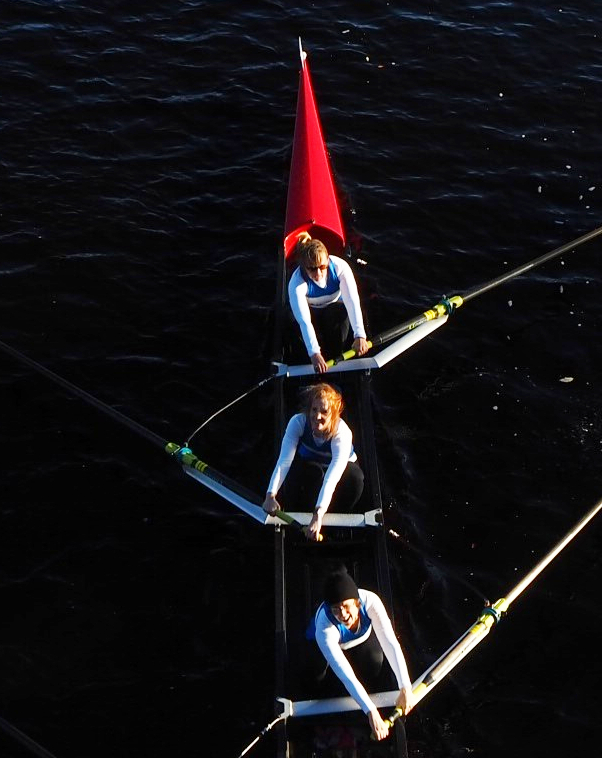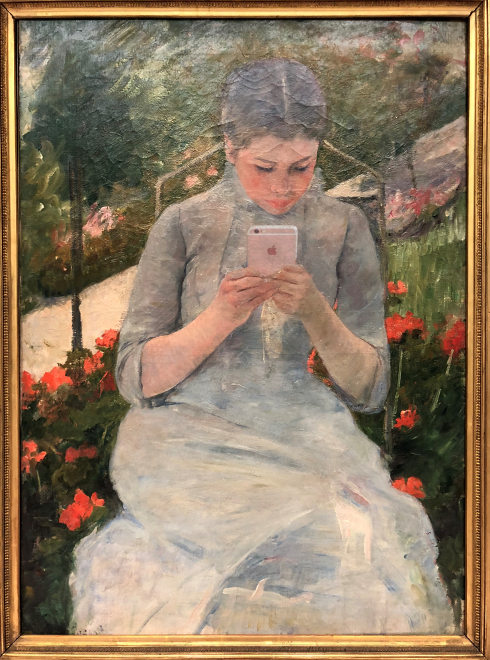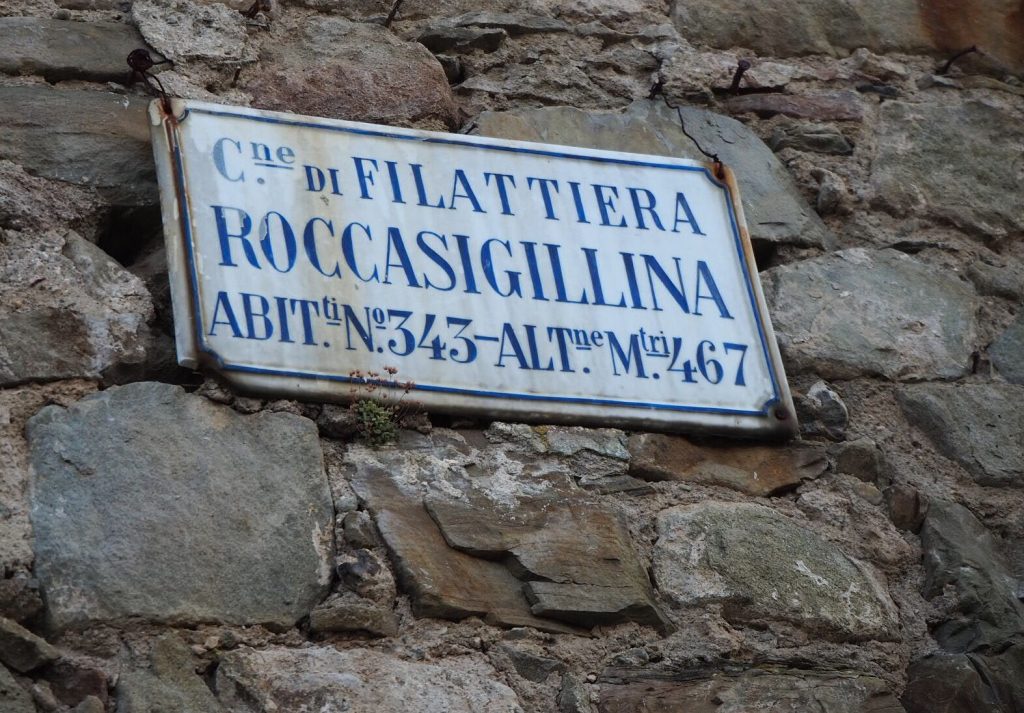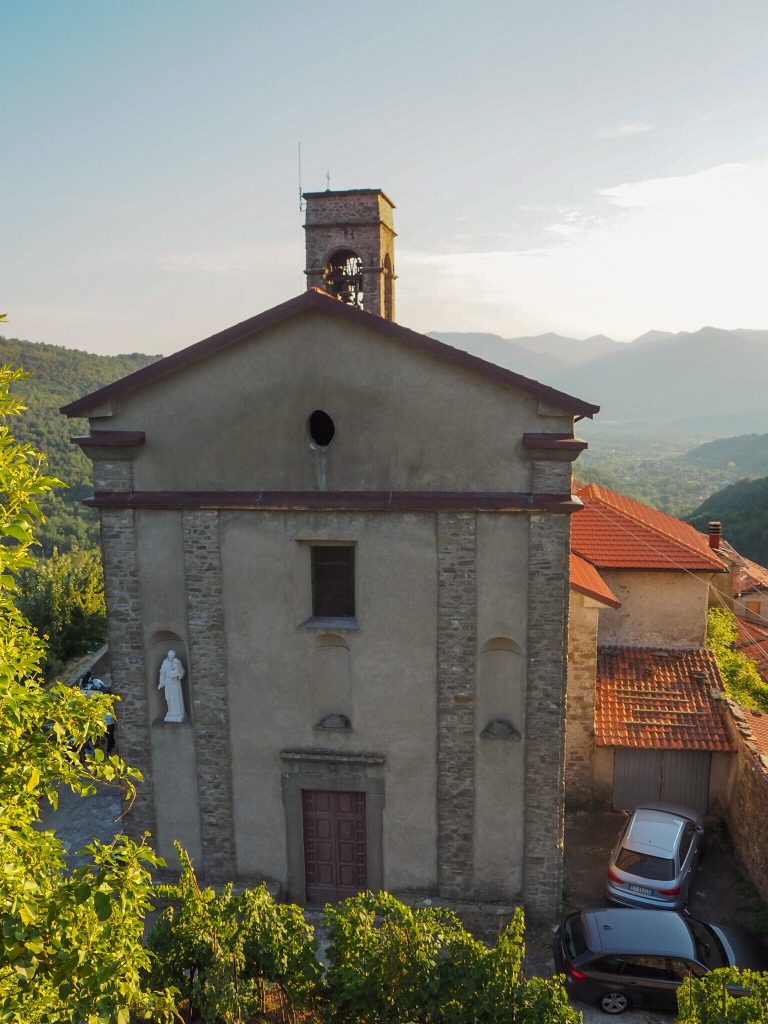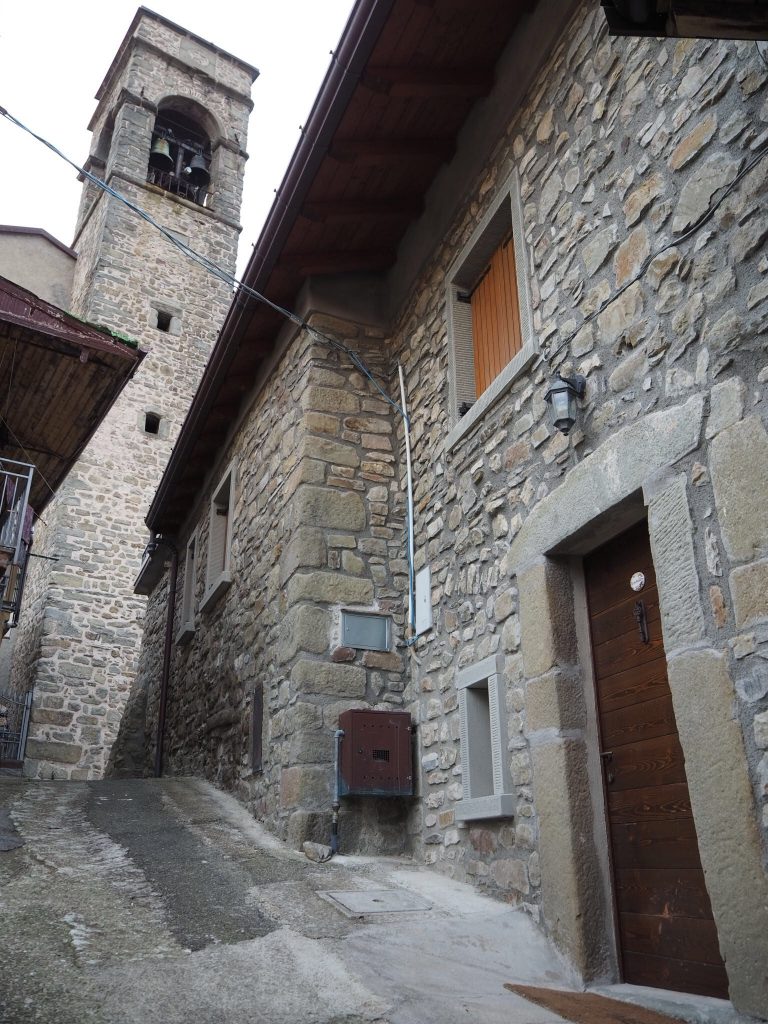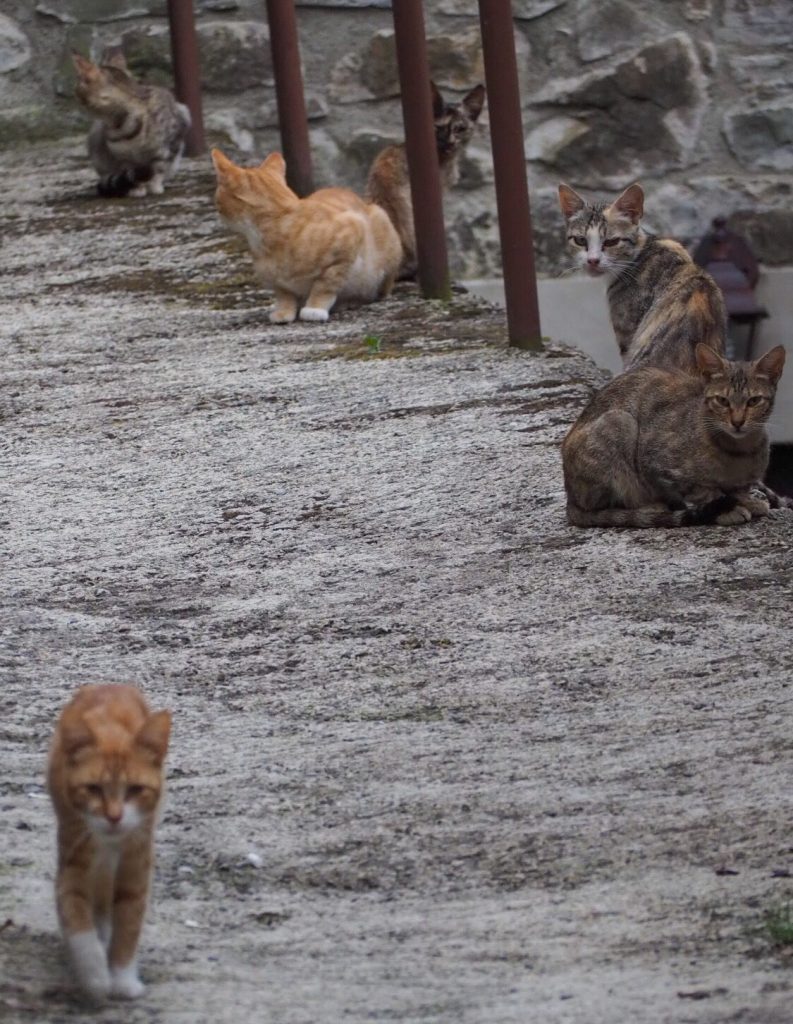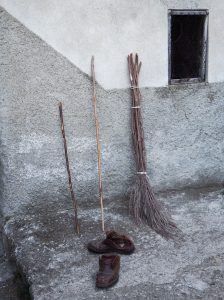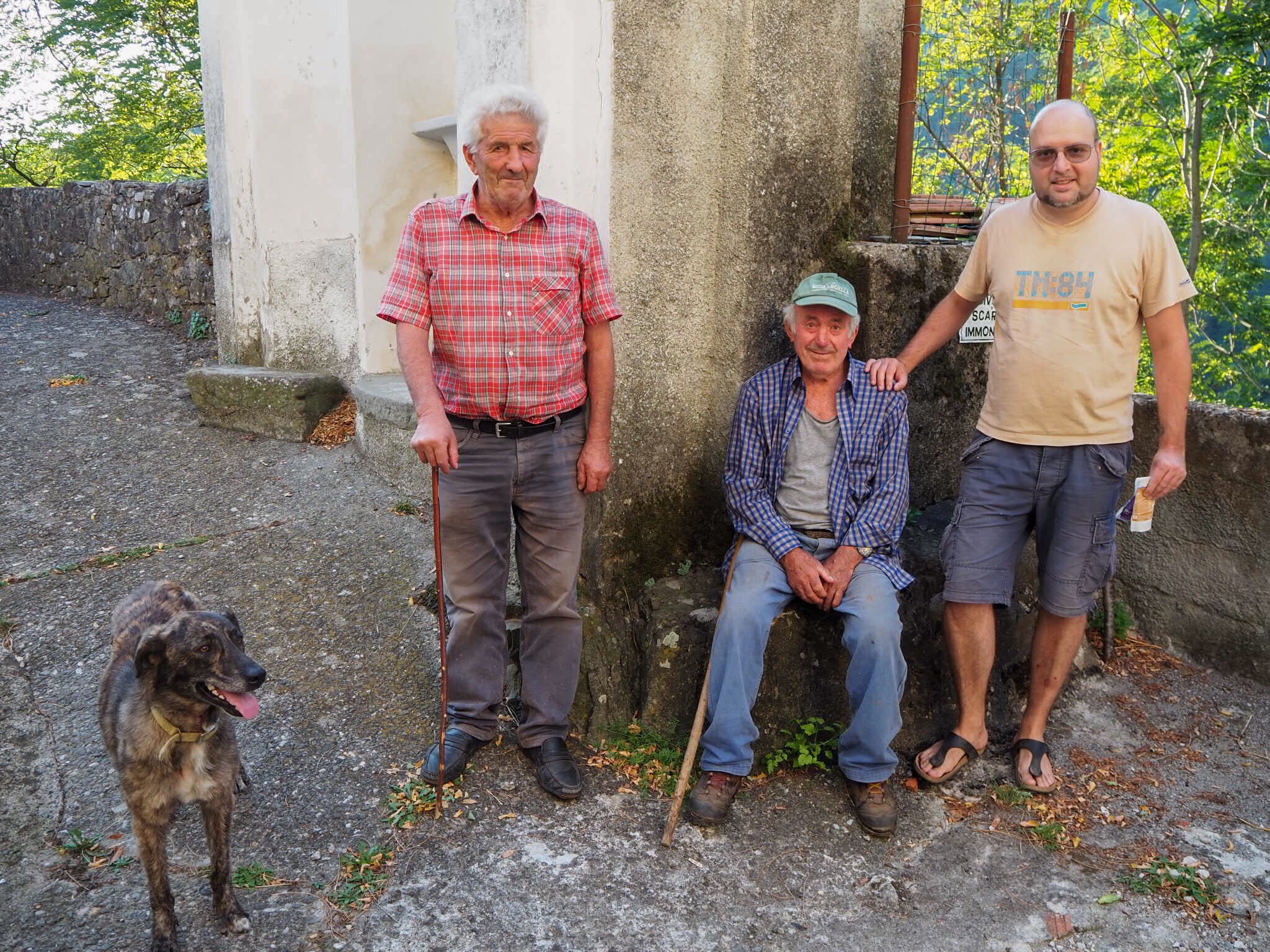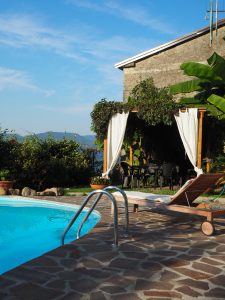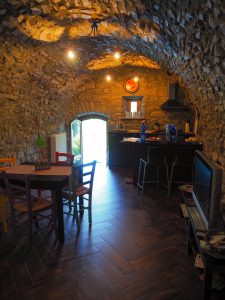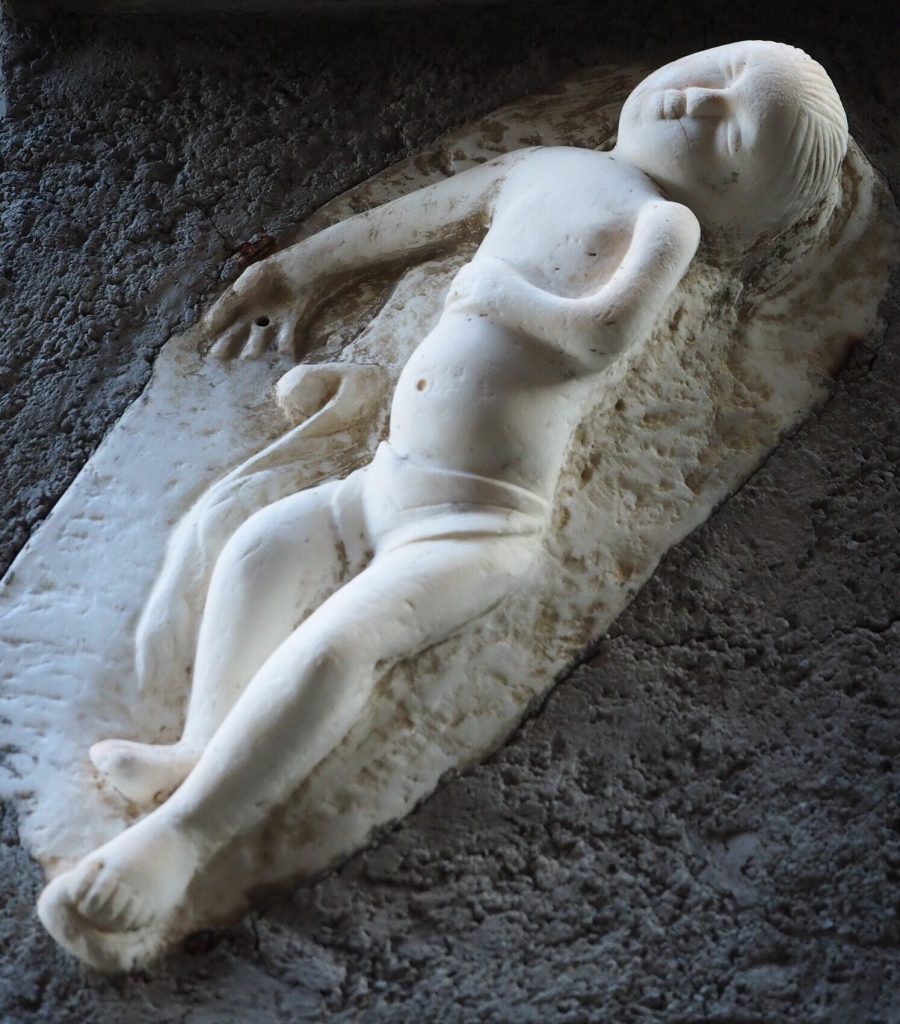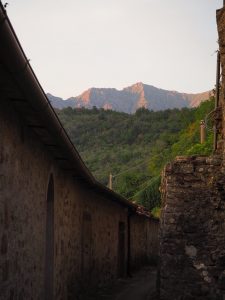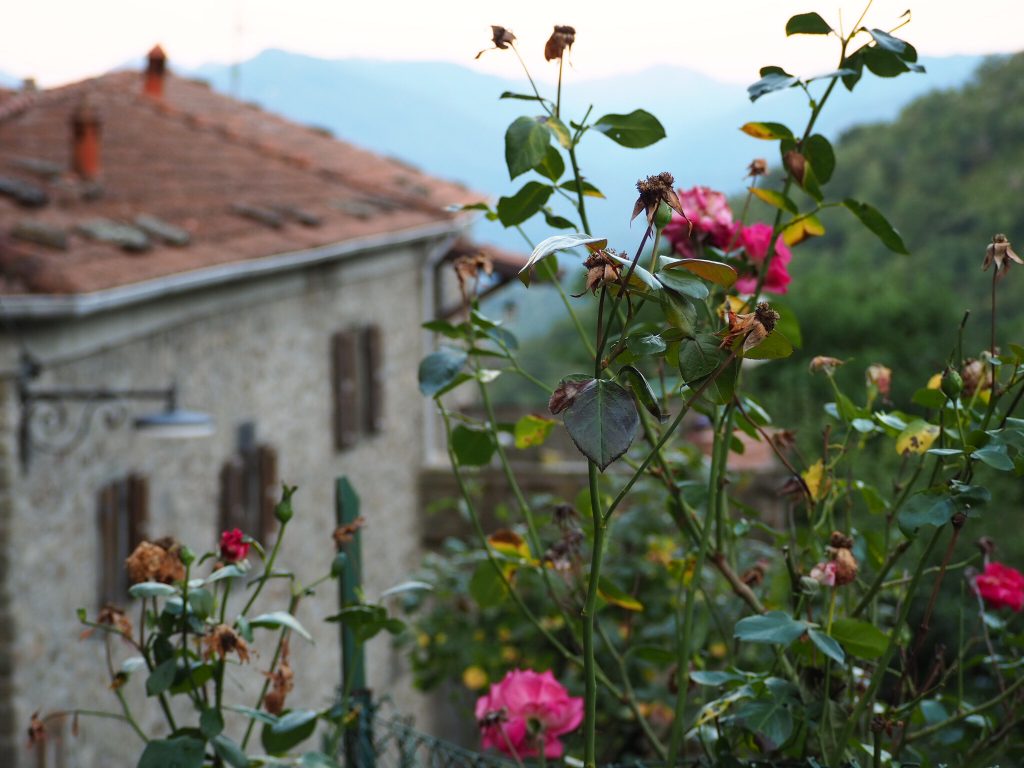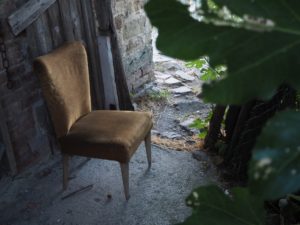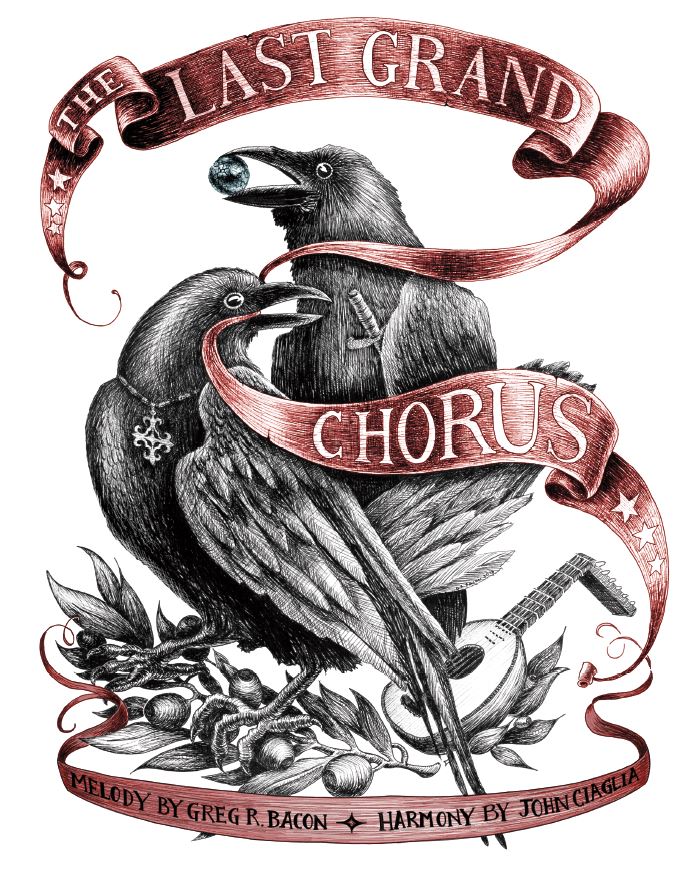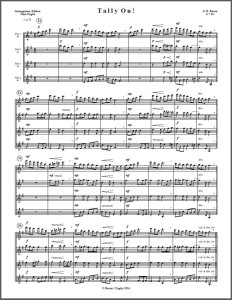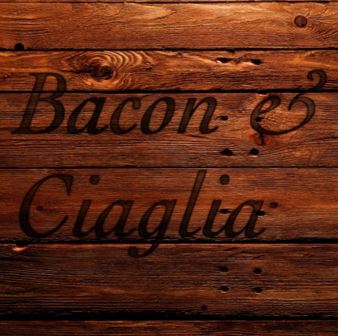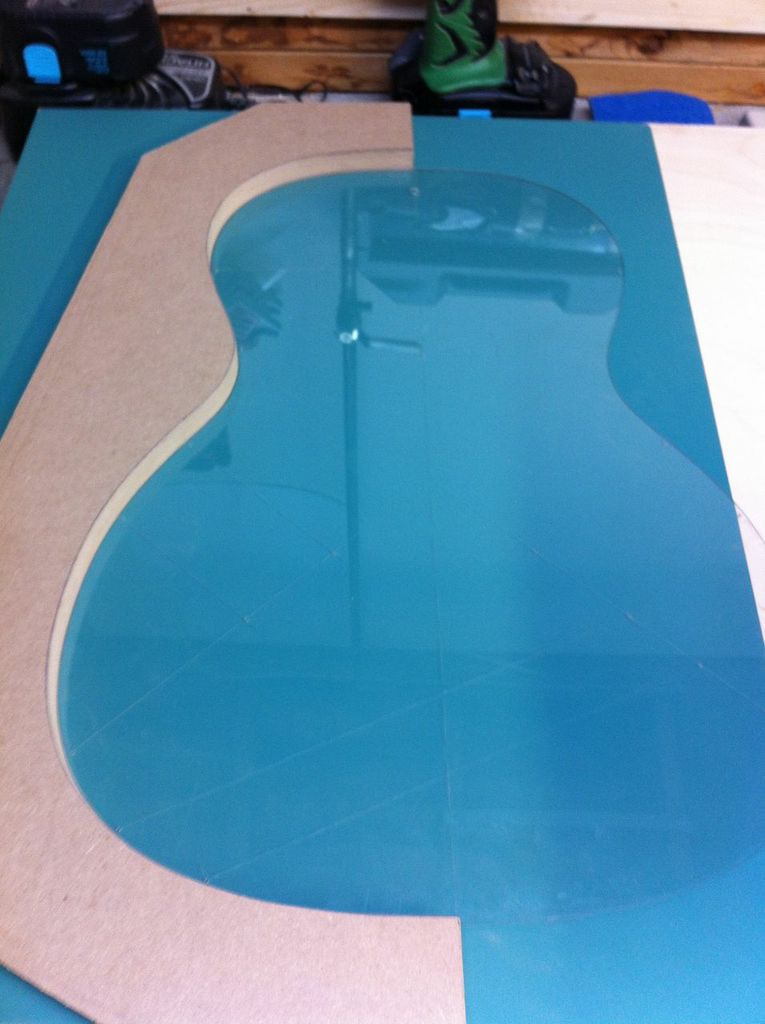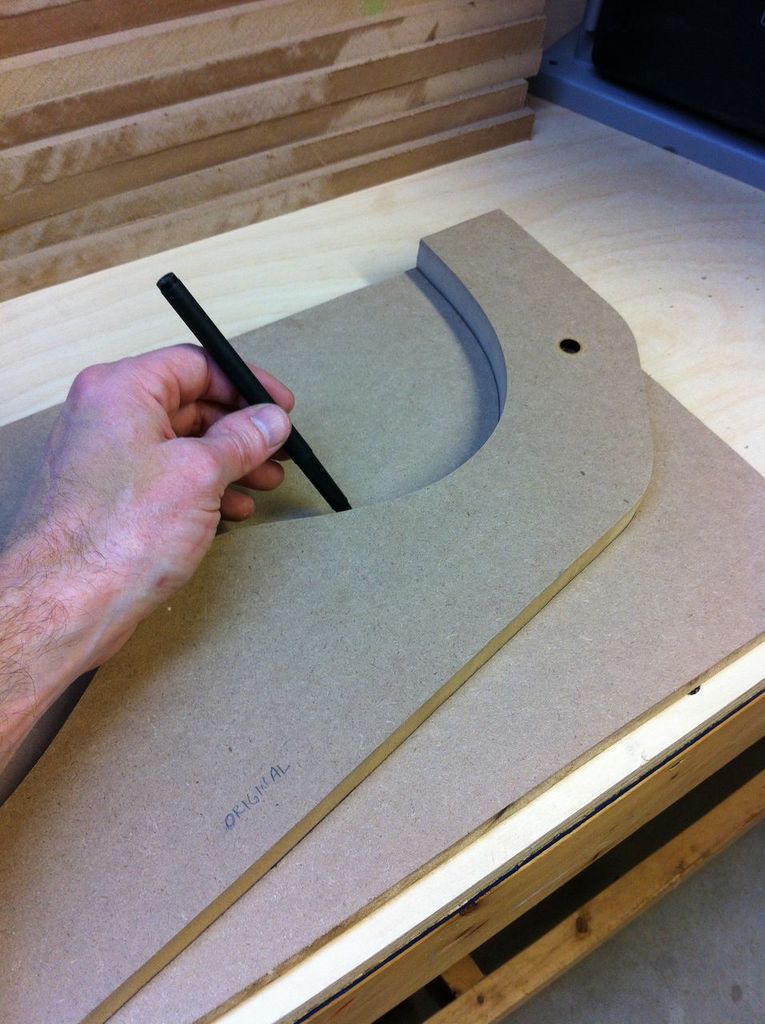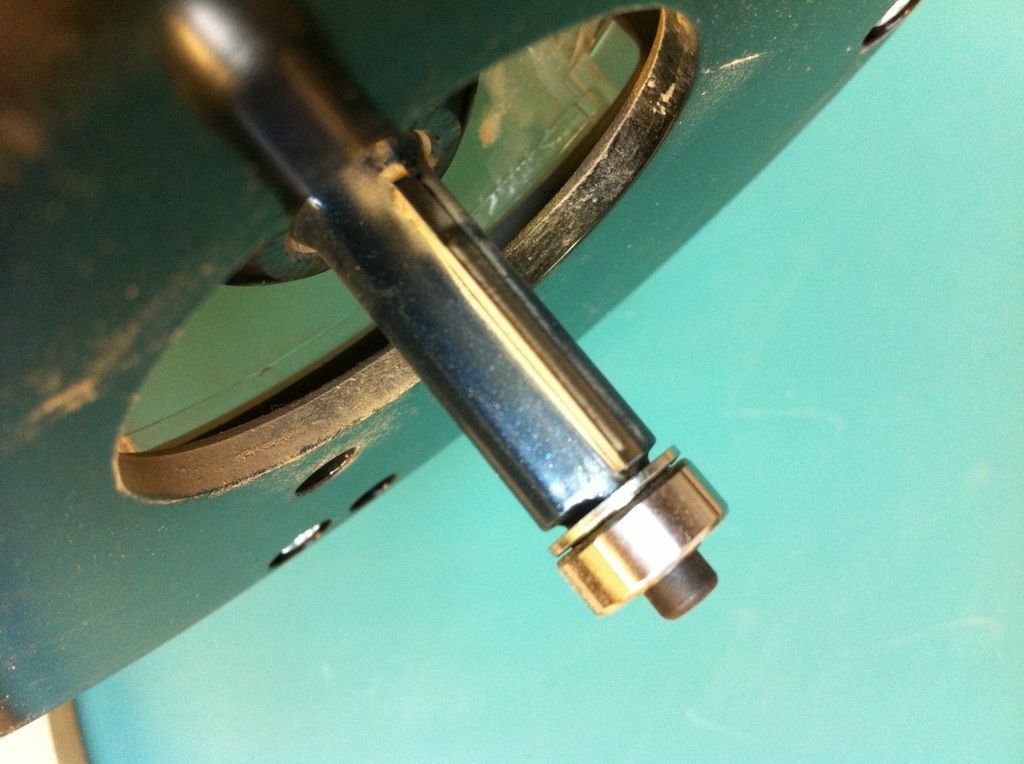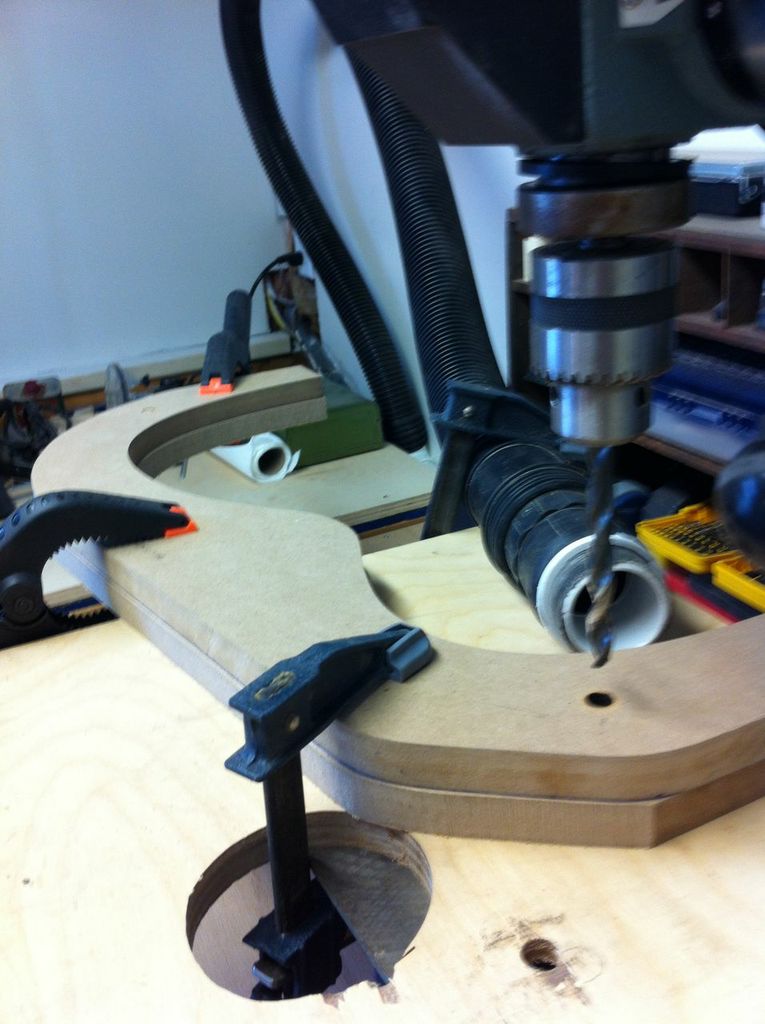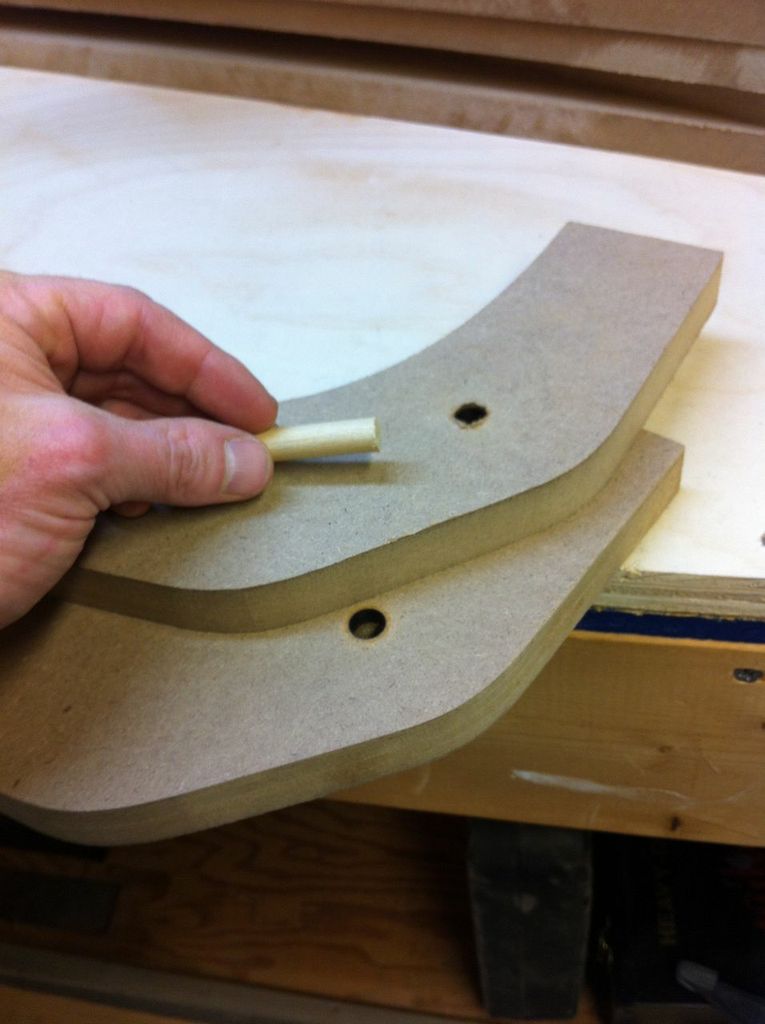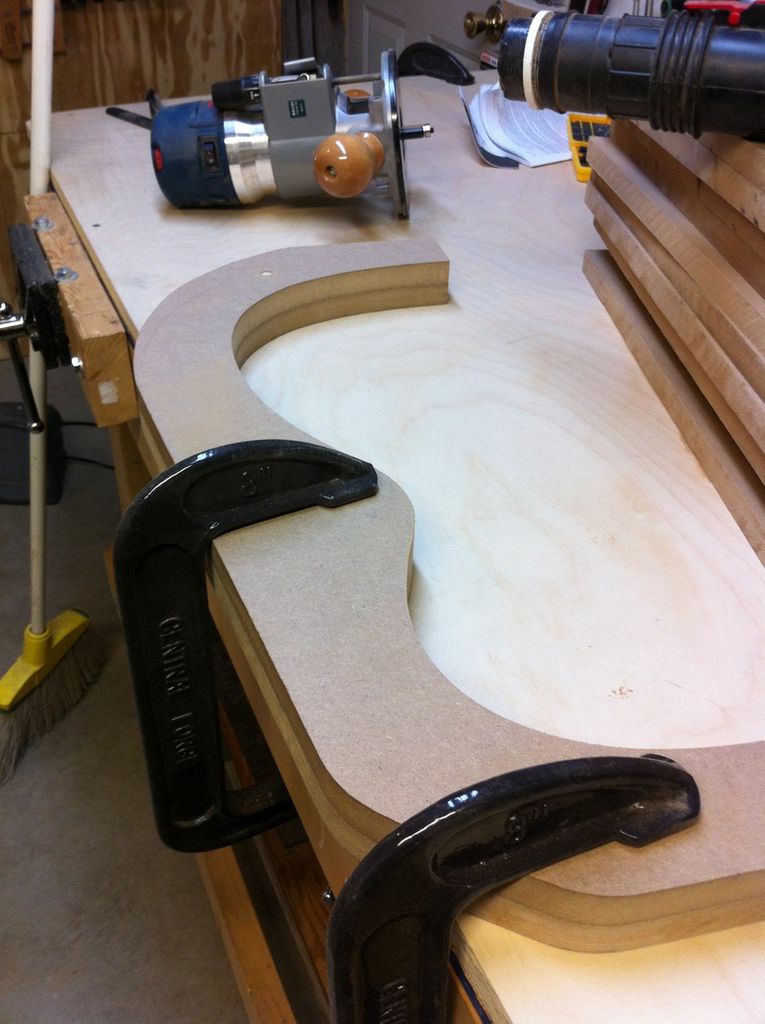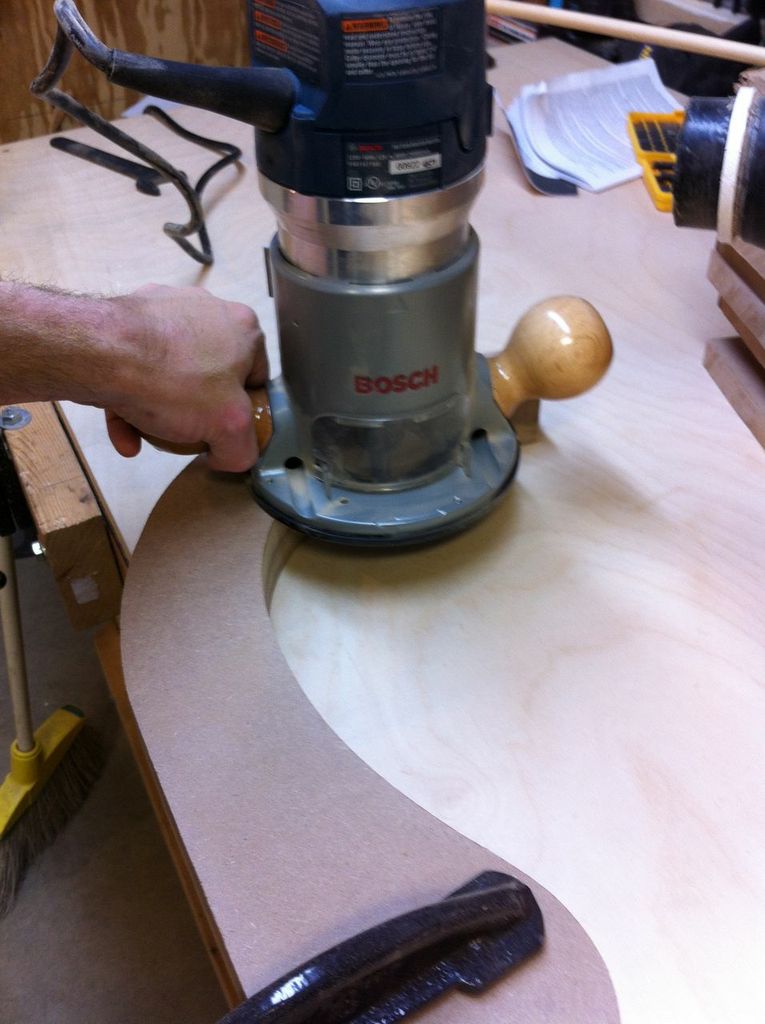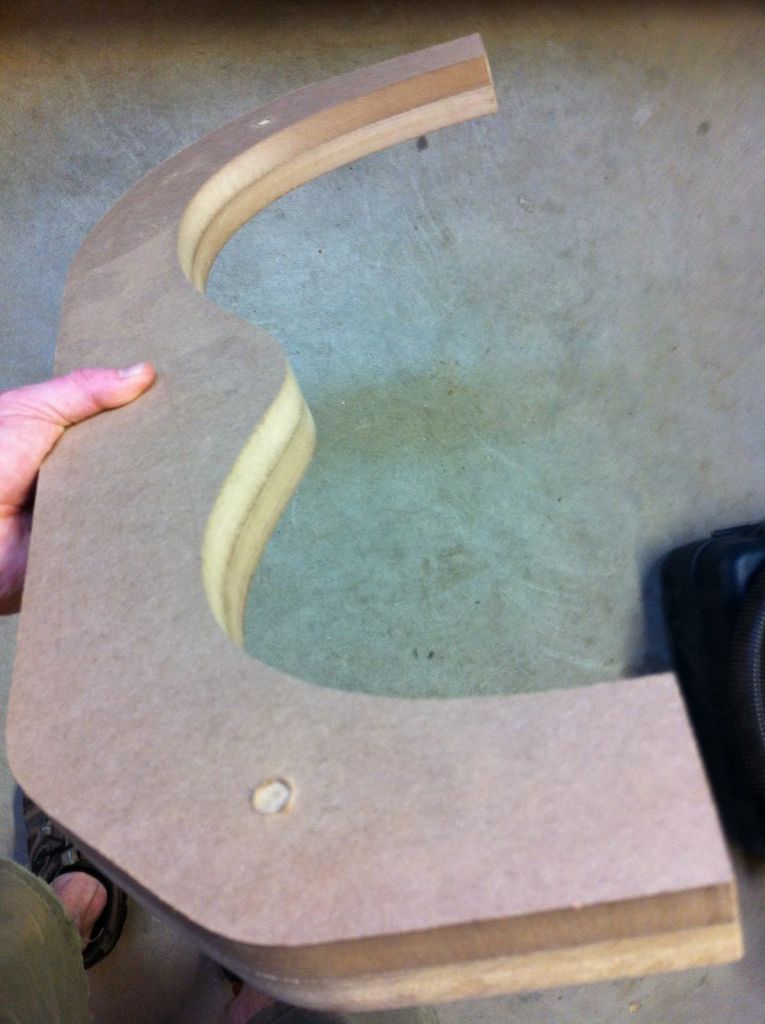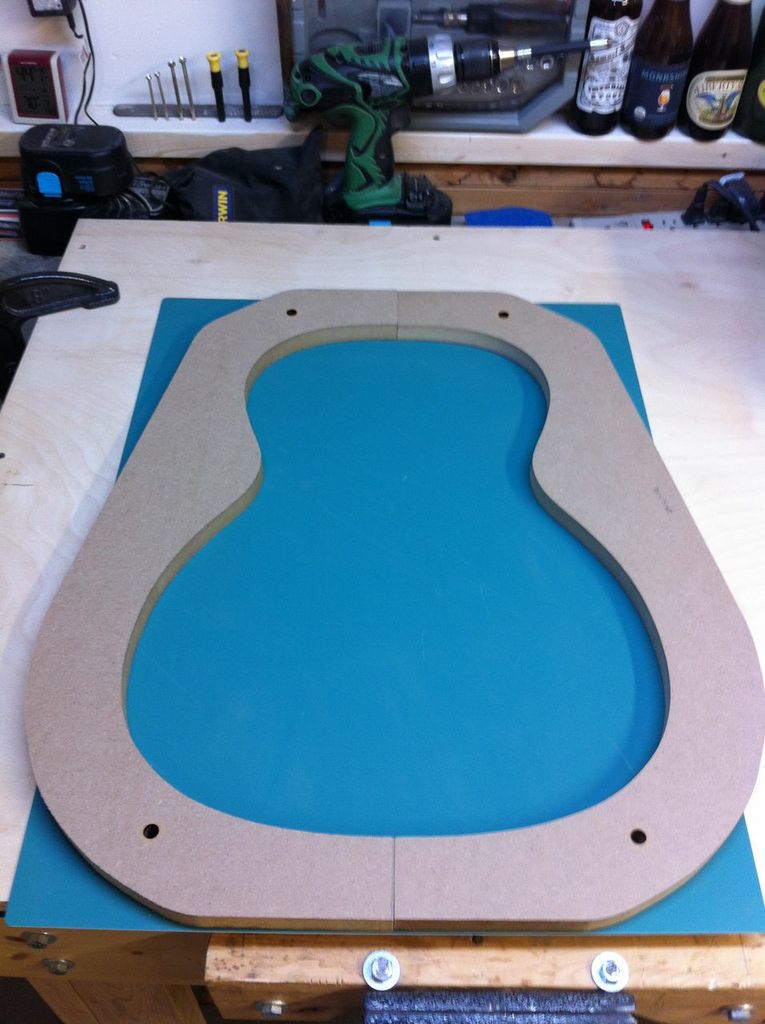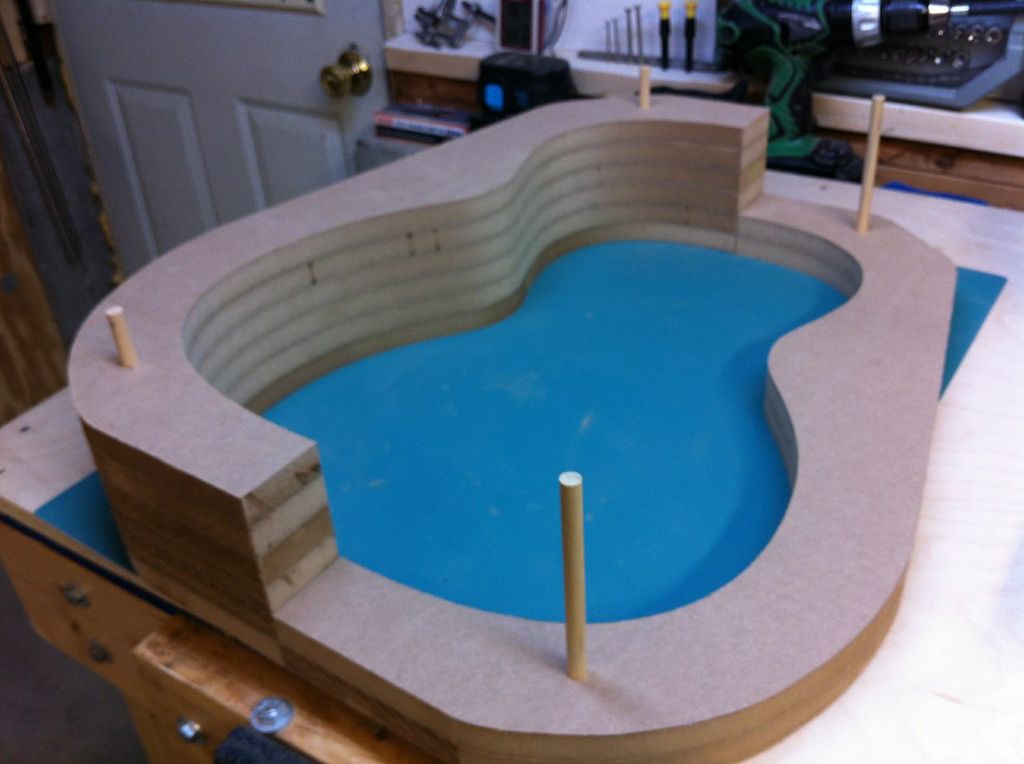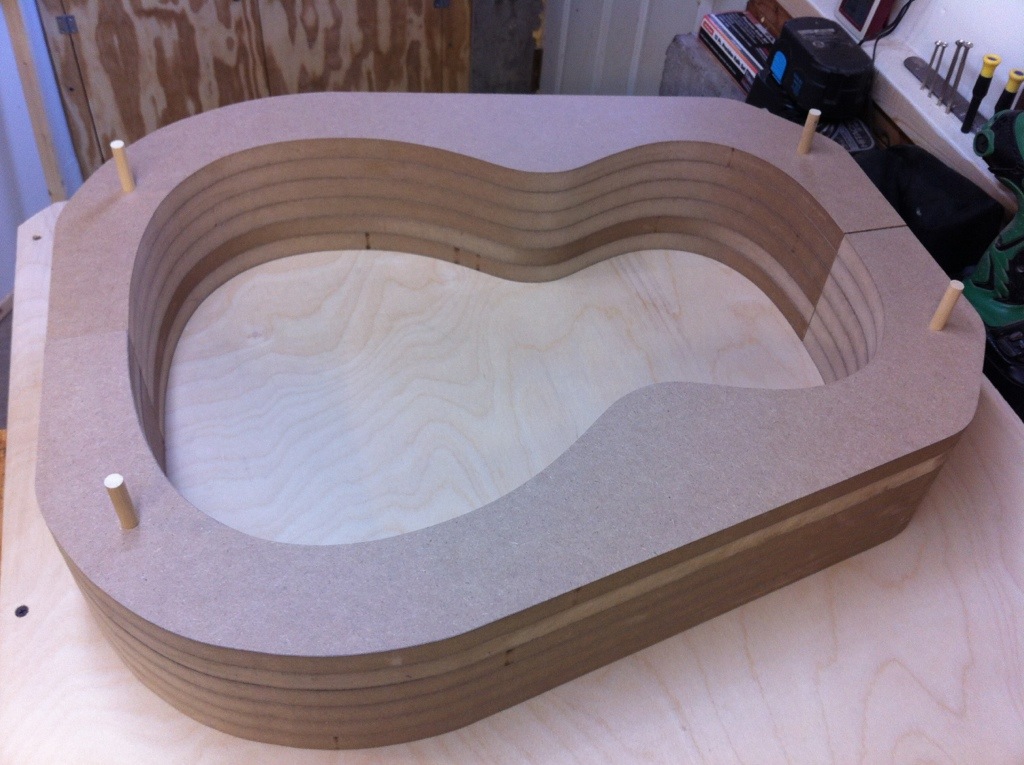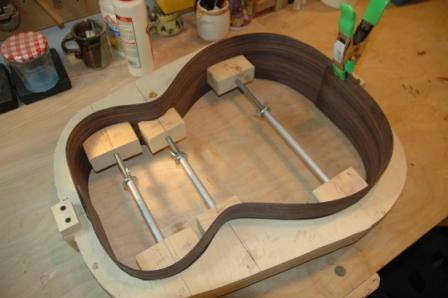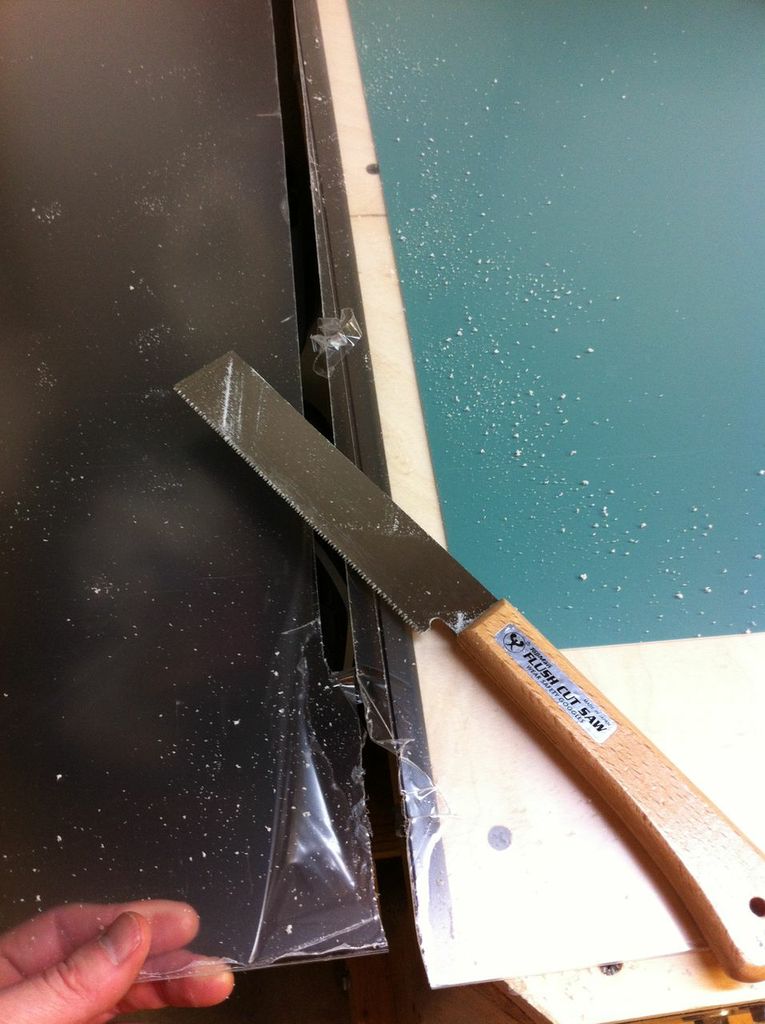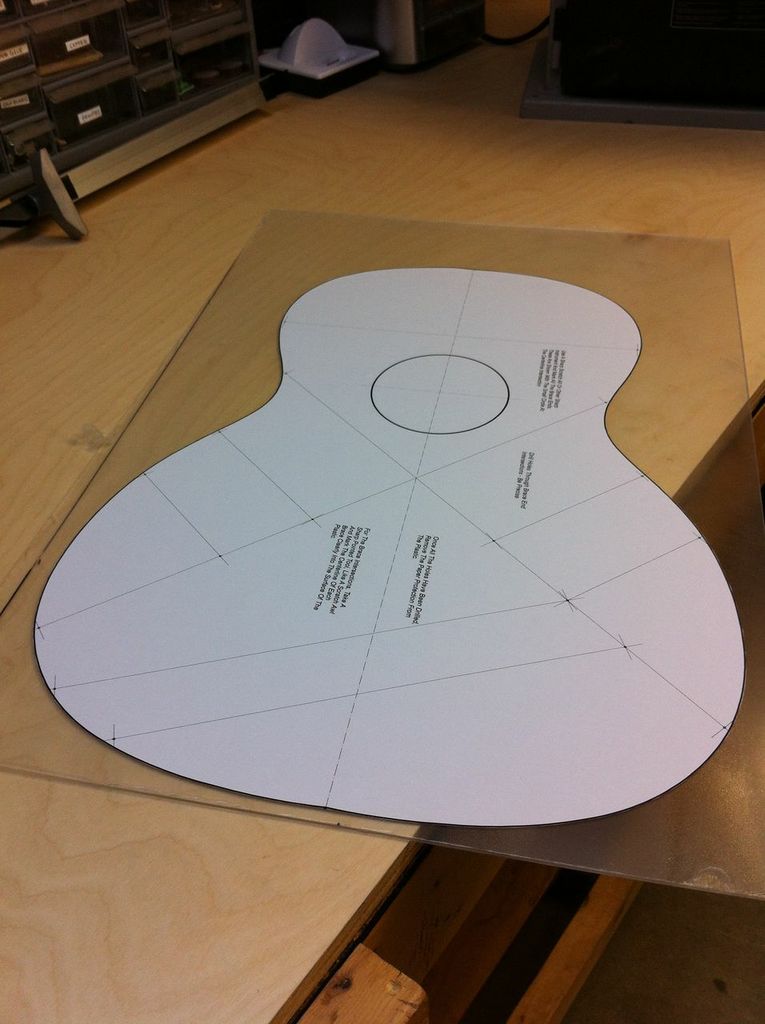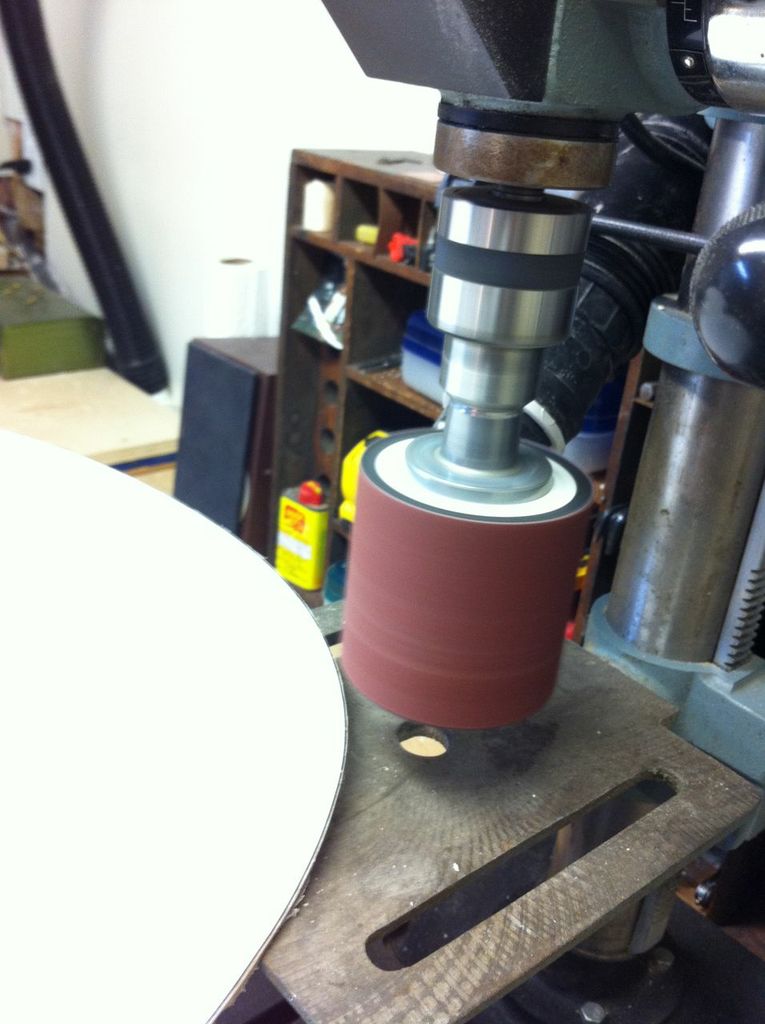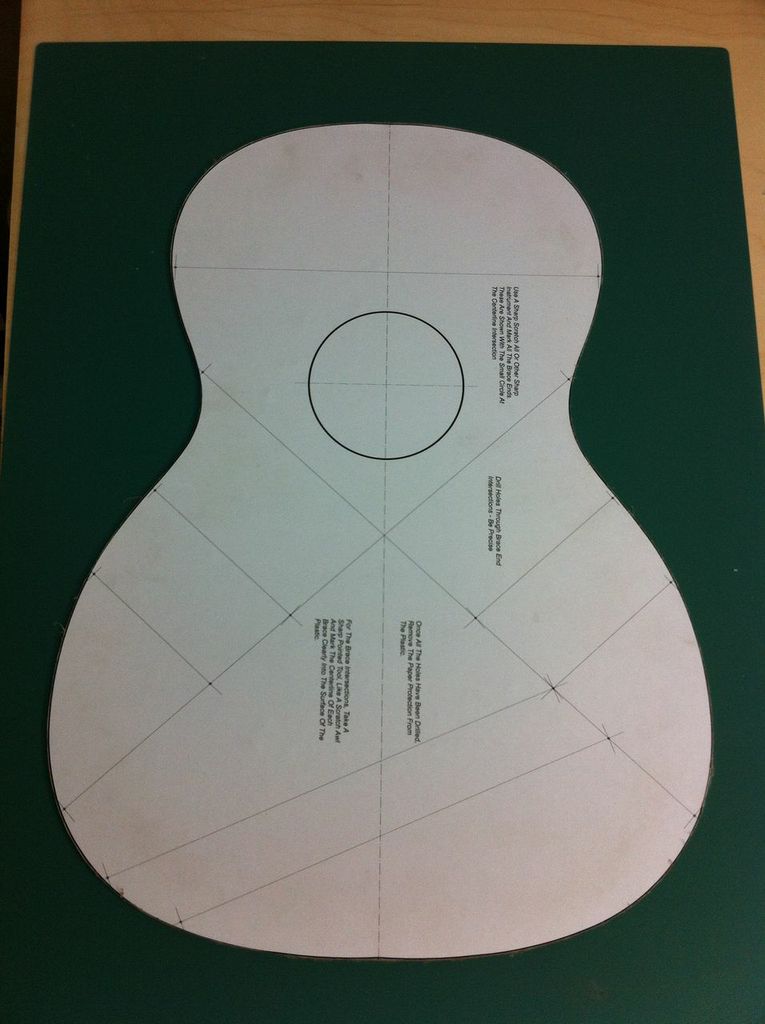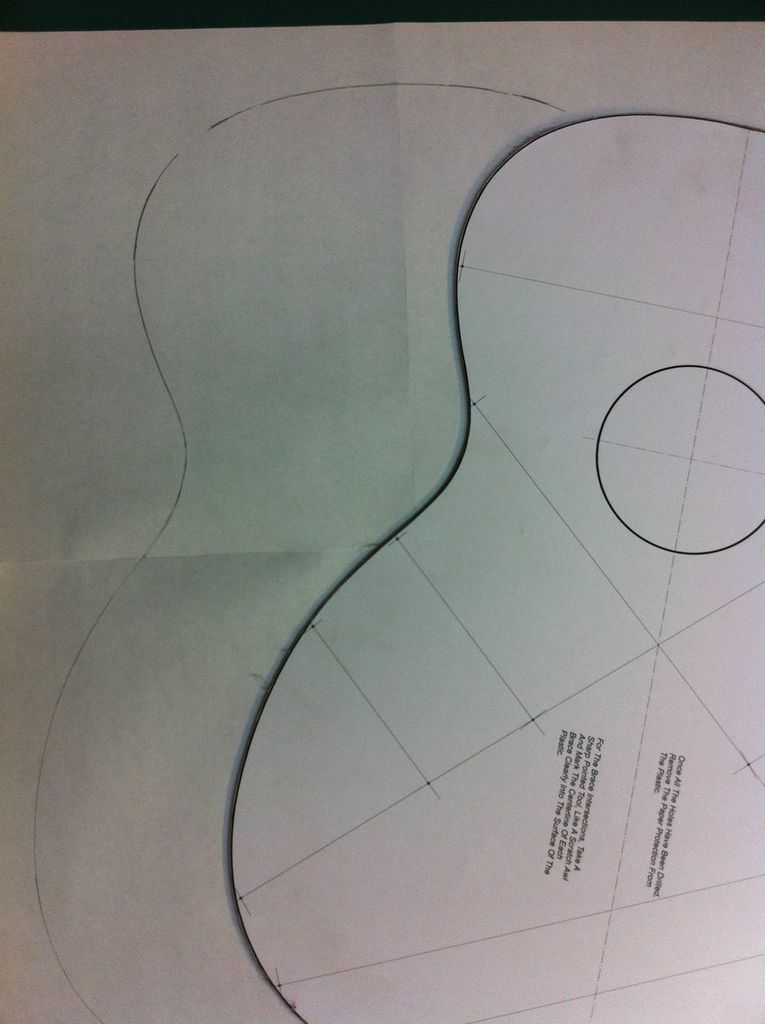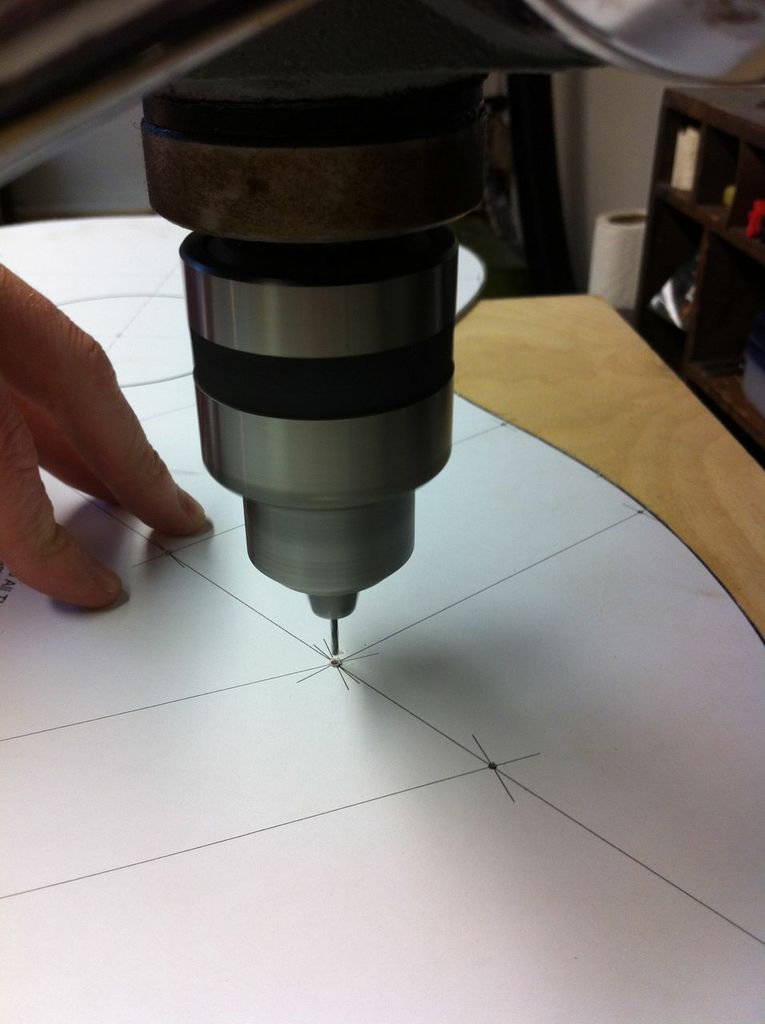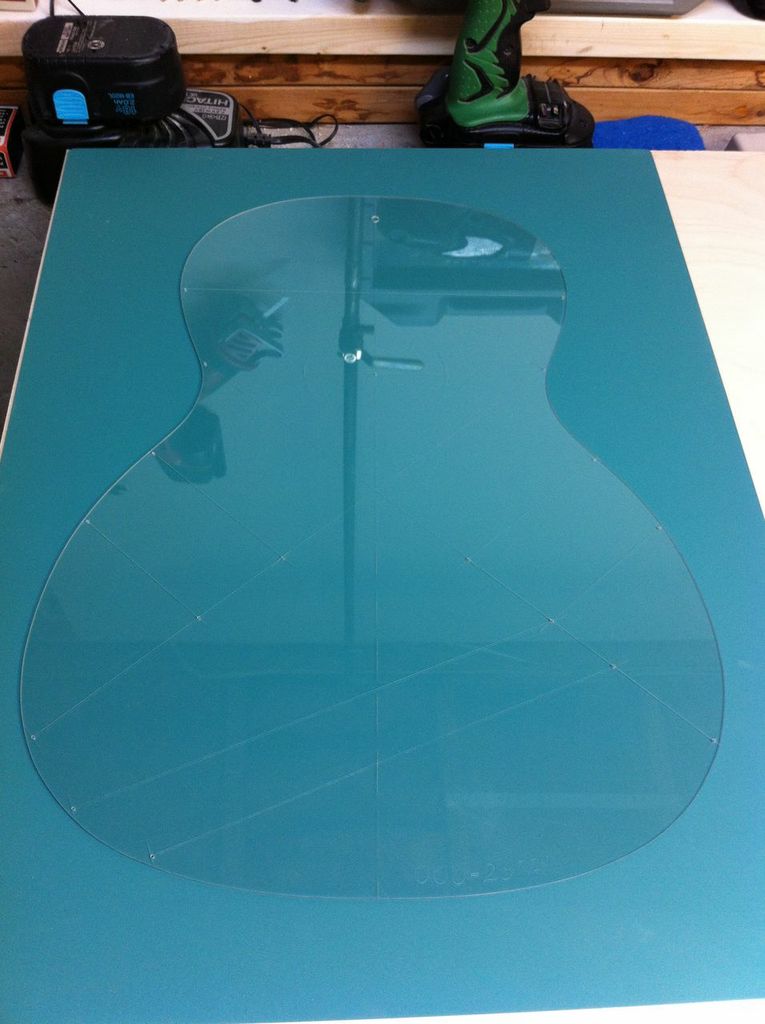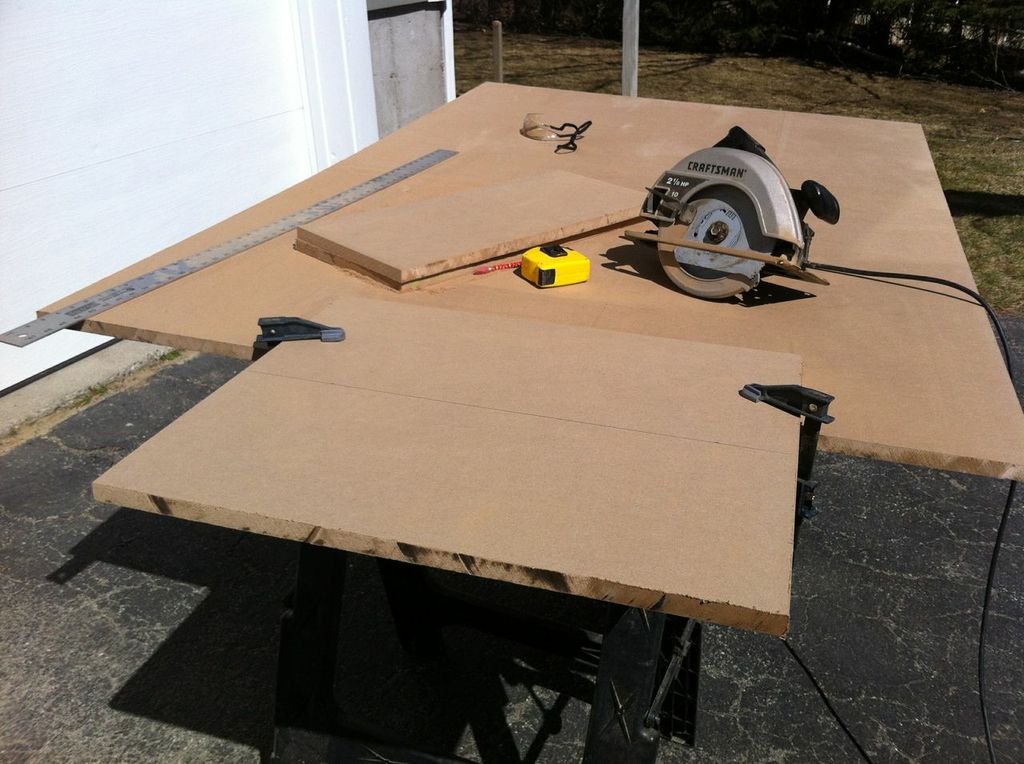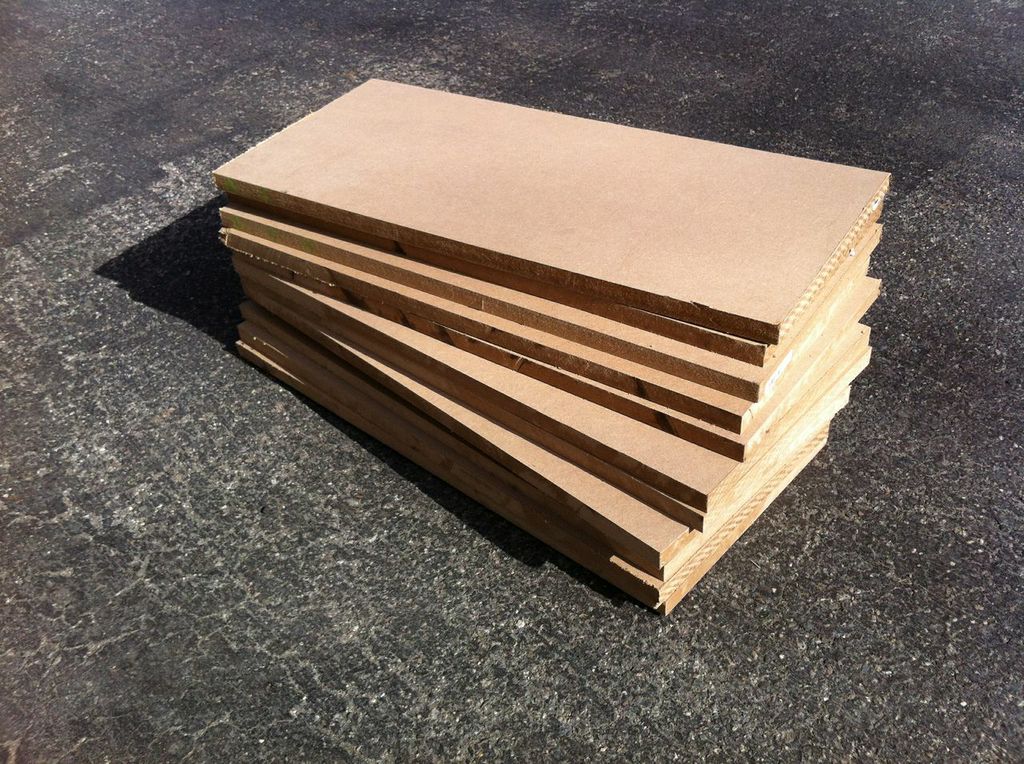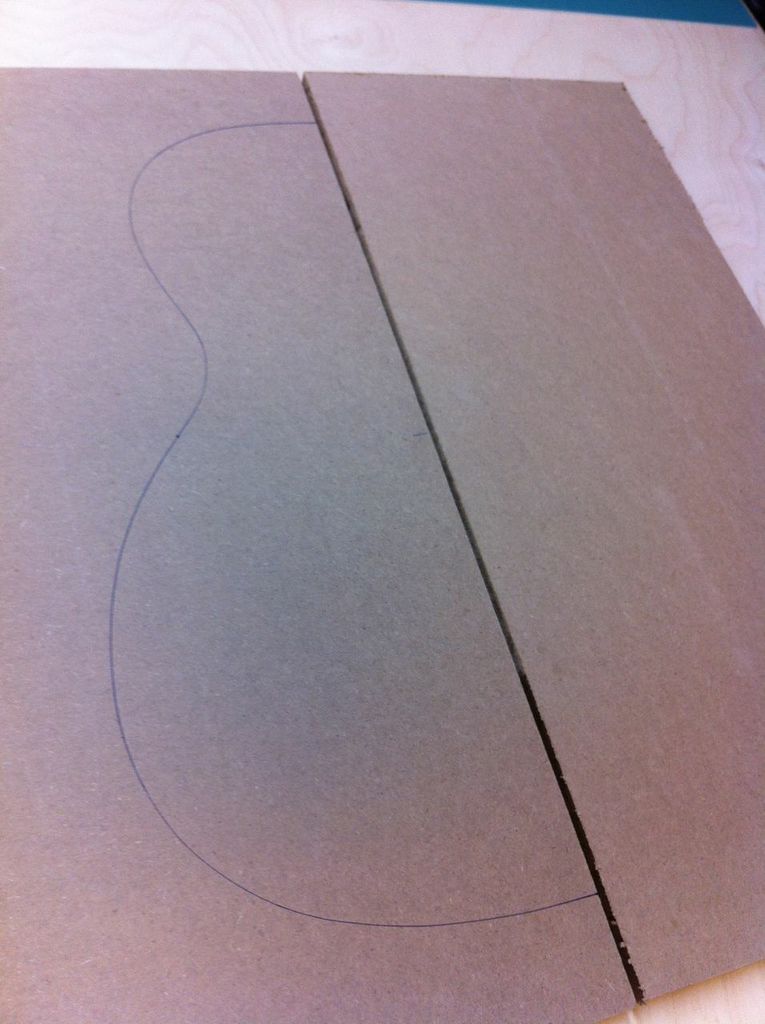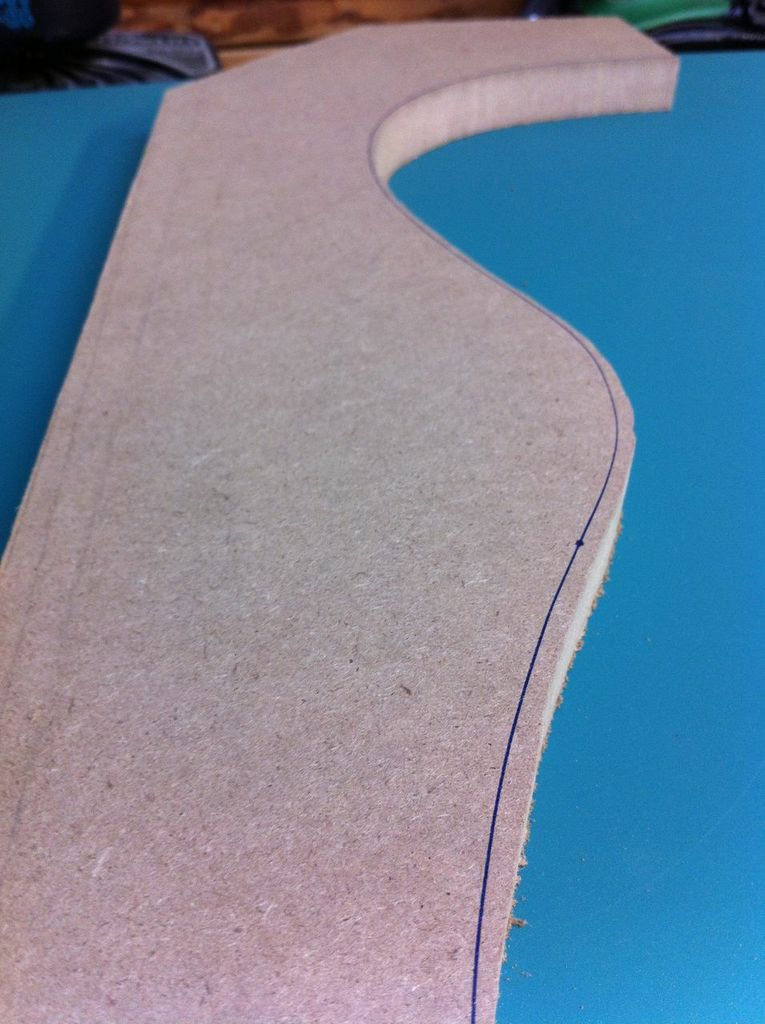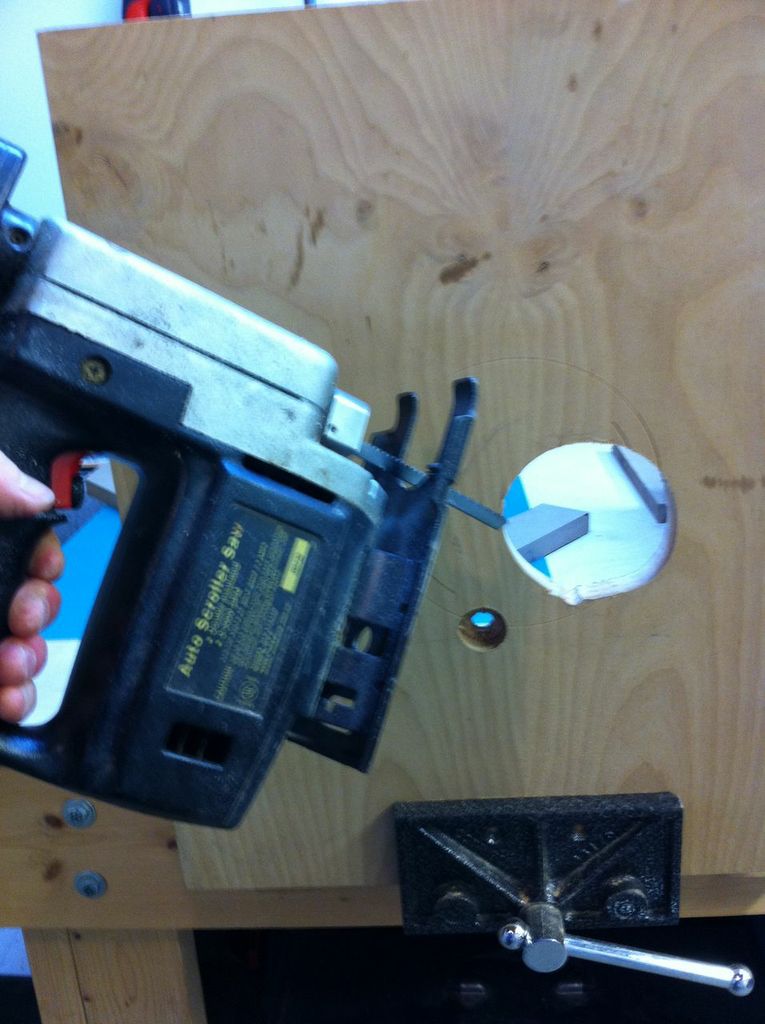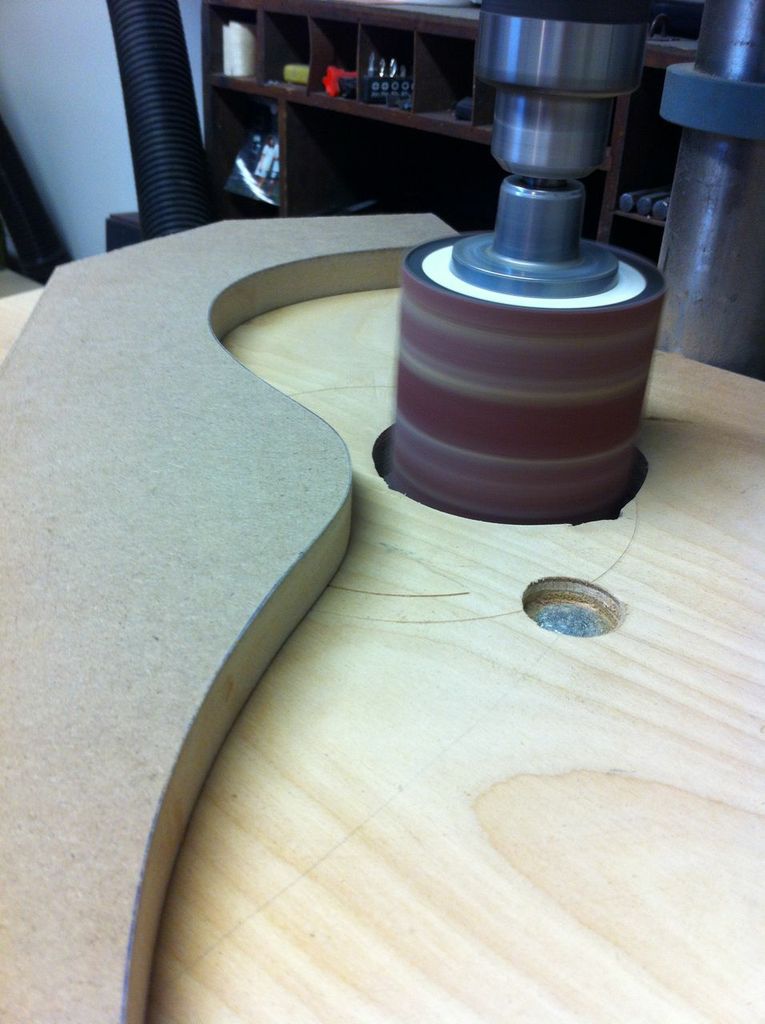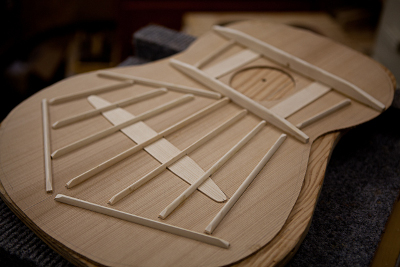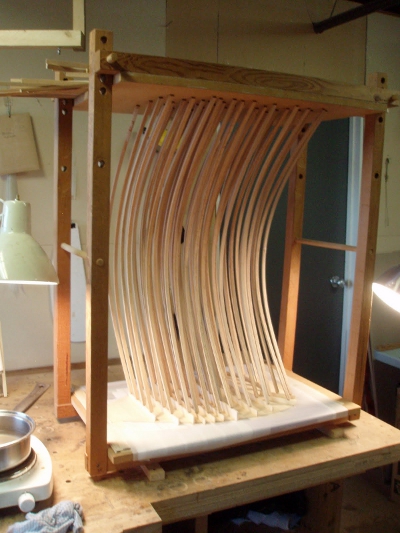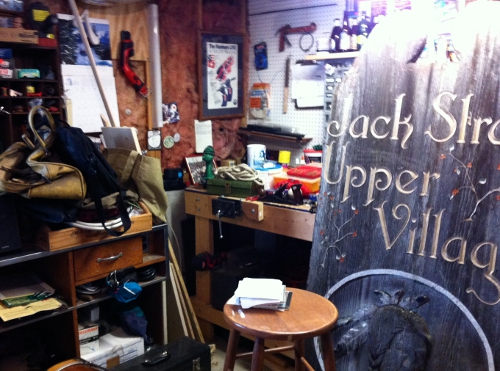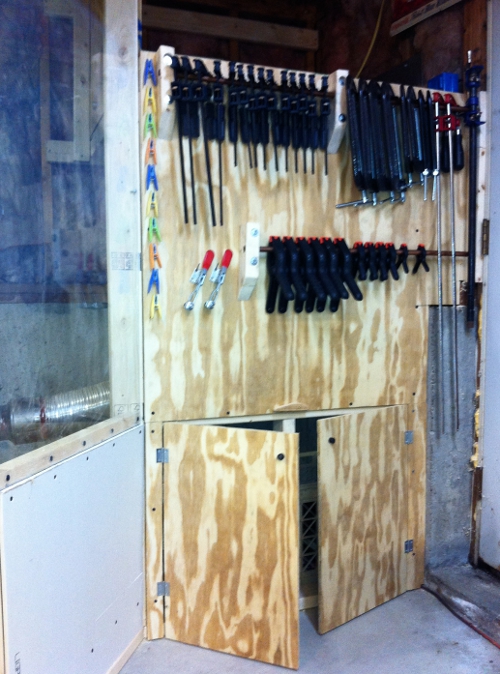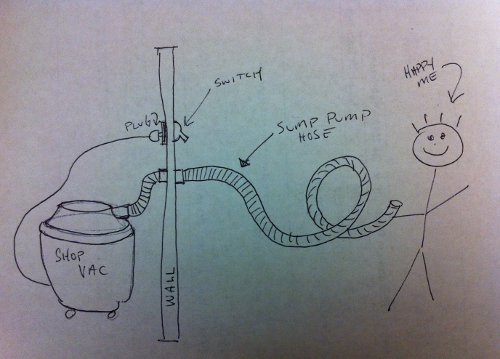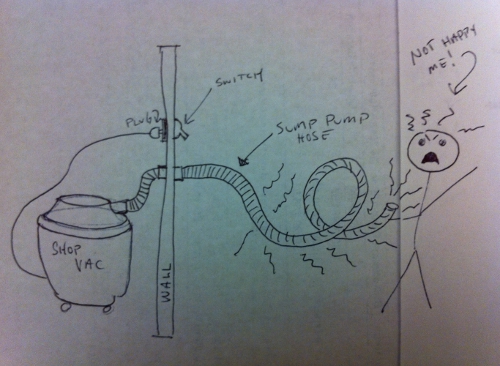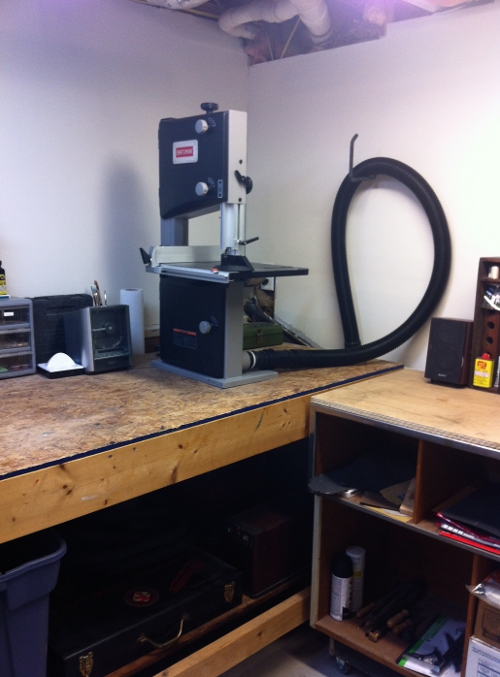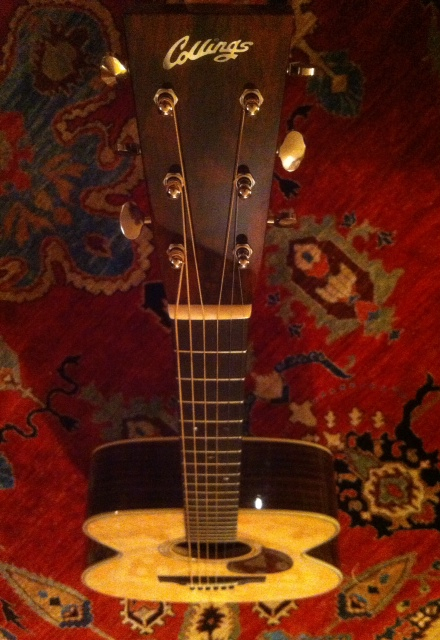 rowing
rowing
You Can Never Set Foot in the Same River…
The first time I rowed on the Charles River our man in the seven seat jumped out of the boat and swam to shore with his oar. True story. We were competing in a college head race and had just rowed passed the starting line where the coaches stood watching, under a bridge, and around a corner when his oarlock broke off. He made the decision to jump out of the boat because a month earlier the slide on his seat broke during a race and afterwards our coach gave him hell. ‘If you’re in a boat and you can’t row, get the f*** out of the boat!!’, he yelled. So, he did. When our seven seat got to shore he crawled up the banks, waved to us with his oar in hand, and turned to run back towards the boathouse with all the coaches. Oh, I wish I could have been a fly on the wall when he showed up all sopping wet with his oar while his crew raced on without him!
I was delighted with the day’s events and thought it was fantastic story to end my short rowing career. Nobody would remember who won the race, but everyone would surely remember the crazy guy that jumped out of the boat. I was also happy because I had just rowed in the Charles and it brought me back to the day that I first watched a race on the same river.
A few years prior I had moved to Brookline, MA to attend my freshman year in art school. My new girlfriend was visiting so that we could watch the Head of the Charles together. Just before starting the semester, she had given me her class ring as a symbol of her new love, which I proudly wore on my pinky as we walked along the banks of the river holding hands. It was a miserable, raw, drizzly October day, and I couldn’t imagine what it was like for the people on the river, even though I did have this faint sense of envy. How glorious it must be to hear the crowd cheering as you battle your way under a bridge fighting another boat! My sense of envy vanished quickly, however, when I looked down and noticed the ring on my cold raw pinky had slipped off and disappeared somewhere along the muddy embankment. We spend the rest of the afternoon hopelessly looking for it while I felt like a heel.
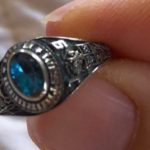 As good fortune would have it, a kind BU student found the ring several weeks later and shipped it back to the school that was printed on the band. The school, miraculously, was able to return it to its rightful owner by announcing the initials engraved on the inside of the ring over the school PA, and all was right with the world.
As good fortune would have it, a kind BU student found the ring several weeks later and shipped it back to the school that was printed on the band. The school, miraculously, was able to return it to its rightful owner by announcing the initials engraved on the inside of the ring over the school PA, and all was right with the world.
I shared the “crazy guy jumps out of boat” story and the “stupid boyfriend loses precious ring” story with my two boys last year when we attended the Head of the Charles for the first time as a family. As we watched the race I began to explain the intricacies of rowing, or at least what I could recall of them. I explained how it’s a sport with a strange combination of power, endurance, finesse, and mental fortitude. I also explained that rowing is a very self-selecting endeavor, which was something I discovered during our first practice when the coach had the eighty-five guys trying out for the team run five miles as a warm up. As I rattled on about the glory days, they heard excitement in my voice and asked if I would someday want to row in the Head of the Charles. Nonsense, I thought, life is just too damn busy, and those days are gone.
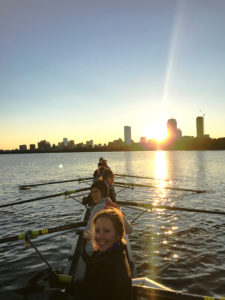 Apparently I was wrong, and, oh, if I had a nickel for every time. As luck would have it, those days weren’t gone after all. During this past Summer a motivated, inclusive and joyful organizer at my company started a rowing club, which met one night a week. Upon hearing about the club, I asked my family, over dinner, if they would mind me joining. Before I knew it, I was in a boat for the first time in…gulp… twenty-five years!
Apparently I was wrong, and, oh, if I had a nickel for every time. As luck would have it, those days weren’t gone after all. During this past Summer a motivated, inclusive and joyful organizer at my company started a rowing club, which met one night a week. Upon hearing about the club, I asked my family, over dinner, if they would mind me joining. Before I knew it, I was in a boat for the first time in…gulp… twenty-five years!
After the first practice I realized that on the “totem pole of fitness” my level was in the dirt. I, therefore, started working out more on the erg so that I wouldn’t suck so much wind during our weekly row. As the Summer sessions progressed there was quiet talk of entering a boat into the Head of the Charles with some of the more seasoned club rowers, and not long after I found myself starting to prepare for the largest regatta on earth.
The Summer days got shorter and our practices started to lean into the darkness of night, or begin at dawn as the fog rose off the river; pauses at the half slide, cut the cake drills (which, sadly, do not involve cake), stroke rate drills, and rowing past boat houses that I hadn’t seen from a river since my twenties. While my hands went through cyclical patterns of blistering and hardening from the constant feathering of the oar, I regularly bothered the experienced, powerful, and youthful competitors in the boat with requests on how to organize my endurance training, and I shared anxieties of fitness with some of the “wiser” competitors in the boat.
As race day approached and my preparation was coming to a close, I was thinking how each chapter of my Charles River experiences have been different, and I pondered how it is true that ‘you can never set foot in the same river twice.’ I’m no longer eighteen, or twenty-three, but I am determined to do whatever I can to stay in the boat and keep rowing.
During the morning of the race, as I was trying to find ways to calm my nerves, my wife, once again, gave me her class ring as a symbol of love and support. This time I was determined to not lose it! And as I made my way to the boathouse I was overjoyed with the idea that I’ve already won, regardless of what happens on the river.
Thanks to all my teammates for making the Head of the Charles possible and kicking ass!


